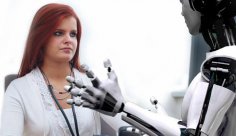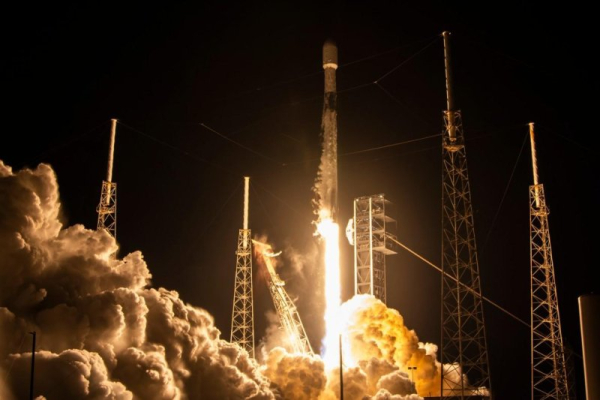
Will there ever be a time when spacecraft crews will be made up of robots? It's hard to believe, for the simple reason that robots can't completely replace humans. But humans can't survive in space without harming their health. Even in low-Earth orbit, astronauts are exposed to various dangerous radiations.
For a robot, they mean nothing. So, if that's the case, why not send robots with artificial intelligence on long-distance missions lasting years? Are there any problems with this, and how are they solved?
The main problem is that the robot must be intelligent enough to analyze the situation as well as a human. Otherwise, as the saying goes, the game won't be worth the candle. Indeed, what's the point of spending large sums of money on a machine aboard a spacecraft to brute-force a program that can be activated from Earth via radio?
This example is, of course, greatly simplified. It doesn't take into account the fact that signals over long distances experience time lag. This lag can reach not only seconds, but also minutes and even hours. This is where analyzing the situation of an intelligent robot and its rapid response to execution is crucial. For example, if there is a risk of collision with a meteorite or asteroid.
Moreover, long-distance missions (from star to star) require replenishing the aging crew with new humans born in flight. This is a very complex problem. It's easier to send robots capable of self-healing and self-learning.
Now let's talk about how Russia, the successor to the Soviet Union's space ideas, has approached the topic of possible future flights to other stars. Although the starship itself doesn't exist yet, some initial work is already underway on the proposed formation of a robotic crew.
In the spring of 2014, work began on the space robotics project. Numerous challenges arose. In the fall of 2016, an android robot named FEDOR was born. In July 2019, the experimental android robot, designed for space flight, received the call sign Skybot F-850, and in August of that year, it flew to the International Space Station (ISS) in the pilot's seat. In September 2019, the robot returned to Earth from the ISS.
• The humanoid robot with artificial intelligence has the following parameters: weight – 106 kg; height – 182 cm.
• The robot can operate autonomously and under radio control from Earth.
• He can perform a number of operations independently. For example, sitting down, using a drill, going through doors…
• On Earth, he autonomously drives a car, an ATV, and overcomes snake-like labyrinths.
Now let's talk about whether a robot can sweat.
Cosmonaut Alexander Skvortsov, who returned from the ISS, said he taught a robot… to sweat and wipe its forehead with a towel. This is amusing. The robot always carried a towel with it and often wiped itself with it. This suggests that it can “deliberately” copy and easily master even human actions it doesn't fully understand.
This doesn't mean all the problems associated with creating robots for spaceflight have been solved. But there has been a breakthrough in this area. Especially considering that the FEDOR robot successfully completed its mission.





